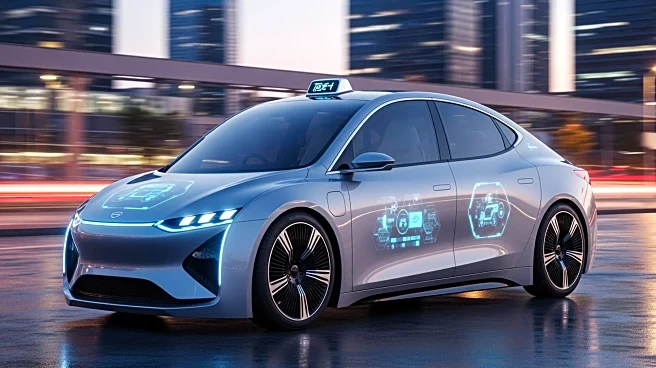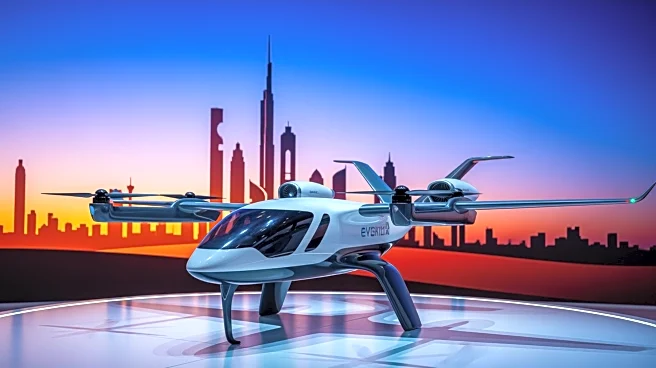What's Happening?
Chinese tech company Baidu is expanding its robotaxi fleet in China and plans to extend its services internationally next year, targeting the UAE and Switzerland. This move is part of Baidu's strategy
to grow its presence in the global market. Other Chinese robotaxi companies, such as Pony.AI, are also exploring international markets, with plans to enter Singapore. Despite these ambitions, Baidu faces significant challenges, including obtaining regulatory approval and addressing safety concerns associated with autonomous vehicles.
Why It's Important?
Baidu's expansion into international markets signifies a growing trend of Chinese tech companies seeking global opportunities, potentially increasing competition in the autonomous vehicle industry. This move could influence regulatory frameworks in the targeted countries, as they adapt to accommodate new technologies. The success of Baidu's international expansion could pave the way for other companies in the sector, impacting global transportation and mobility solutions. However, the challenges of regulatory approval and safety concerns remain critical hurdles that could affect the pace and success of this expansion.
What's Next?
Baidu will likely focus on navigating regulatory landscapes in the UAE and Switzerland to secure necessary approvals for its robotaxi services. The company may also invest in enhancing safety features to address concerns and build trust with local authorities and consumers. As Baidu progresses, other stakeholders, including local governments and competitors, will closely monitor its strategies and outcomes, potentially influencing their own approaches to autonomous vehicle deployment.
Beyond the Headlines
The expansion of Baidu's robotaxi service could have broader implications for urban planning and infrastructure development in the targeted countries. As autonomous vehicles become more prevalent, cities may need to adapt their road systems and traffic management strategies to accommodate these technologies. Additionally, the introduction of robotaxis could influence public transportation systems, offering new alternatives for commuters and potentially reducing reliance on traditional modes of transport.











